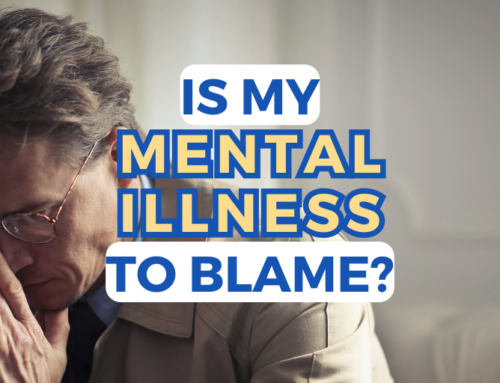“Though I am often in the depths of misery, there is still calmness, pure harmony and music inside me. I see paintings or drawings in the poorest cottages, in the dirtiest corners. And my mind is driven towards these things with an irresistible momentum. ― Vincent van Gogh; The Letters of Vincent Van Gogh
Now that the human genome project can draw the DNA map of our bodies, gene therapy becomes an ever increasing reality. We can restructure our bodies and minds such that debilitating conditions could disappear. The question we now face is what goes and what stays? And, who decides?
One of the persons who serves on the human genome project is Kay Redfield Jamison. Jamison has both a professional interest and a personal perspective in genetic mapping. First, she is a psychiatric researcher. She is certainly concerned about the tools medical science can use to alleviate unnecessary suffering. But she is also a person with bipolar who recognizes that the day might soon come where folks like us no longer exist.
If given the choice, would you have bipolar removed? Persons like Vincent van Gogh know intimately both the depths of misery and the pure musical harmony and beautiful colors of what others see as a disturbed mind. Why on earth would we want to give this up?
Jamison says this:
“… the intensity, glory, and absolute assuredness if my mind’s flight made it very difficult for me to believe once I was better, that the illness was one i should willingly give up….moods are such an essential part of the substance of life, of one’s notion of oneself, that even psychotic extremes in mood and behavior somehow can be seen as temporary, even understandable reactions to what life has dealt….even though the depressions that inevitably followed nearly cost me my life.” (An Unquiet Mind: A Memoir of Mood and Madness)
For some, this may sound incredible, ridiculous even. Why flirt with a condition that may well lead to death just to enjoy a few fleeting thrills? Why endure agonizing misery when your emotions could be contained?
One major reason it is essential to see that mood disorders and the persons who have them are not eradicate is that intensity of experience leads to intensive expression. This cultivates a climate of creativity. Jamison again:
Who would not want an illness that has among its symptoms elevated and expansive mood, inflated self-esteem, abundance of energy, less need for sleep, intensified sexuality, and..sharpened and unusually creative thinking and increased productivity? (Touched with Fire: Manic-Depressive Illness and the Artistic Temperament.)
Of course, Jamison is describing a particular phase of mania that rarely persists for more than a short period of time. For me, my best creative thinking and increased productivity are confined to maybe a few weeks of intensive expression, so compelling that I often disregard such self-care as eating and sleeping. Having to endure lengthy valleys of depression leads me to make the most of those times I am energetic, able to catch up or get ahead. But it takes a toll. Romantically, I can say I am “suffering for my art.” I am fighting the good fight identified by Madeline L’Engle:
“Artistic temperament sometimes seems a battleground, a dark angel of destruction and a bright angel of creativity wrestling.” ― Madeleine L’Engle; Walking on Water: Reflections on Faith and Art.
As one with bipolar who struggles for artistic expression, I can relate to this image. I am a soldier in the trenches, ducking self-destruction, cultivating creativity. I am one among many wrestling against mediocrity and boredom to see that intense beauty is revealed.
+ + +
If you had the chance, would you eliminate bipolar disorder? Other illnesses? Which ones?
If you have bipolar and could give it up, would you?
Discover more from Delight in Disorder
Subscribe to get the latest posts sent to your email.







